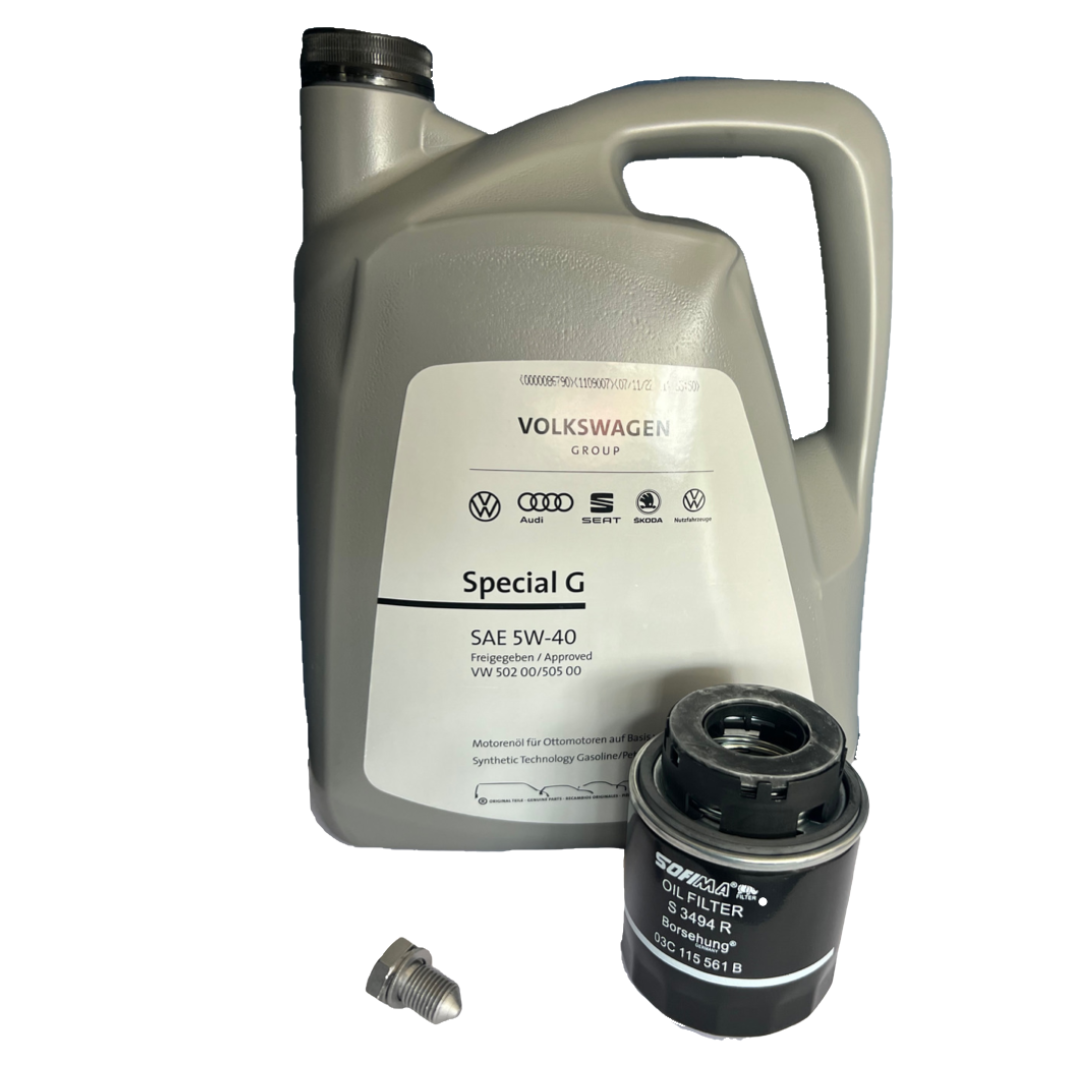Choose a cutting-edge clp engine for superior results.
Choose a cutting-edge clp engine for superior results.
Blog Article
Just How a Clp Engine Can Enhance Efficiency in Different Industries
The advent of CLP engines marks a significant shift in functional effectiveness throughout different markets, driven by their capability to enhance fuel intake and decrease downtime. As organizations increasingly prioritize sustainability alongside performance, the function of CLP engines ends up being even more important.
Overview of CLP Engines
CLP engines, or Continual Fluid Propellant engines, represent a substantial advancement in propulsion innovation, particularly for room applications. These engines make use of a continuous feed system that enables the sustained expulsion of propellant, causing enhanced effectiveness and performance contrasted to traditional solid or hybrid propulsion systems. By maintaining a constant flow of fluid propellant, CLP engines can attain a lot more specific drive control, which is vital for navigating spacecraft in numerous goal scenarios.
The style of CLP engines integrates innovative materials and innovative fuel management systems. clp engine. This causes reduced weight and increased dependability, important aspects for long-duration area missions. The continuous operation decreases the risk of burning instability, a typical obstacle in traditional rocket engines.

Advantages in Manufacturing
The production of Continual Liquid Propellant (CLP) engines presents several notable benefits that enhance both efficiency and cost-effectiveness. Among the primary advantages is the streamlined manufacturing process, which decreases the intricacy connected with traditional propulsion systems. By making use of fluid propellant, makers can attain greater precision in engine performance, leading to maximized power output and lowered waste.
Furthermore, CLP engines promote a higher degree of modularity, enabling for much easier assimilation into various production lines. This flexibility can dramatically lower lead times and boost total functional adaptability. Making use of CLP technology additionally has a tendency to decrease the requirement for extensive maintenance due to fewer relocating components, which converts into decreased downtime and operational costs.

Applications in Logistics
Leveraging Constant Fluid Propellant (CLP) engines in logistics provides substantial advantages in operational effectiveness and integrity. These engines supply a robust remedy for various transport needs, allowing the smooth movement of products throughout large ranges. The integral design of CLP engines permits consistent power outcome, which equates into smoother and much more foreseeable transportation routines.
One of the key applications of CLP engines in logistics is in durable products transportation, where they can drive both ground and airborne lorries. Their capability to preserve high performance under differing tons problems makes sure that distribution timelines are satisfied, thereby enhancing client satisfaction. In addition, CLP engines can be integrated right into automated logistics systems, helping with real-time monitoring and maximizing route preparation.
Moreover, the toughness of CLP engines decreases maintenance downtime, permitting logistics companies to maximize their operational abilities. This is particularly useful in warehousing operations, where effectiveness in managing and transporting items is important. As logistics remains to evolve, the assimilation of CLP engines represents click now a forward-thinking method that not just improves efficiency however also sustains the industry's growing demands for dependability and rate.
Influence On Power Performance
How do official statement Constant Fluid Propellant (CLP) engines boost power effectiveness in transportation? CLP engines utilize a constant flow of fluid gas, enhancing combustion procedures and keeping a stable thrust result. This layout decreases power losses connected with standard combustion engines, where gas shipment can vary and cause inefficiencies.
The continual operation of CLP engines enables a more efficient thermal cycle, leading to greater specific impulse compared to conventional engines. clp engine. This converts to reduced gas intake for the same amount of job done, significantly decreasing functional expenses across various transportation fields, consisting of aviation and maritime sectors
Additionally, the capacity of CLP engines to keep ideal performance under varying tons conditions reduces the demand for constant acceleration and slowdown, further improving gas performance. Enhanced power efficiency not only contributes to cost financial savings but additionally results in decrease greenhouse gas exhausts, lining up with global sustainability objectives.
Future Trends and Innovations
Emerging developments in Continuous Liquid Propellant (CLP) engine technology pledge to transform the landscape of transportation efficiency and sustainability. As sectors pivot towards greener choices, CLP engines stand at the forefront, incorporating innovative materials and style methodologies that enhance performance while minimizing ecological effect.
Among one of the most promising fads is the adoption of hybrid systems that incorporate CLP engines with sustainable power resources. This synergy can maximize gas consumption and lower discharges, straightening with international sustainability objectives. Developments in computational liquid characteristics (CFD) are promoting the style of even more aerodynamically reliable engines, leading to decreased drag and enhanced fuel effectiveness.
Furthermore, the development of smart tracking systems is established to enhance functional efficiencies. These systems leverage data analytics and IoT technology to maximize engine moved here performance in real-time, guaranteeing that the engines operate within their most efficient parameters.
As research proceeds to check out different propellant solutions-- such as biofuels and synthetic fuels-- the future of CLP engines looks appealing. By using these advancements, markets can not only improve their effectiveness however likewise contribute significantly to a cleaner, much more lasting future in transportation.
Conclusion
In final thought, CLP engines stand for a considerable improvement in performance throughout multiple industries. The assimilation of sophisticated products and less relocating parts decreases maintenance needs, while placement with sustainability objectives settings CLP engines as an essential technology for the future.
Report this page